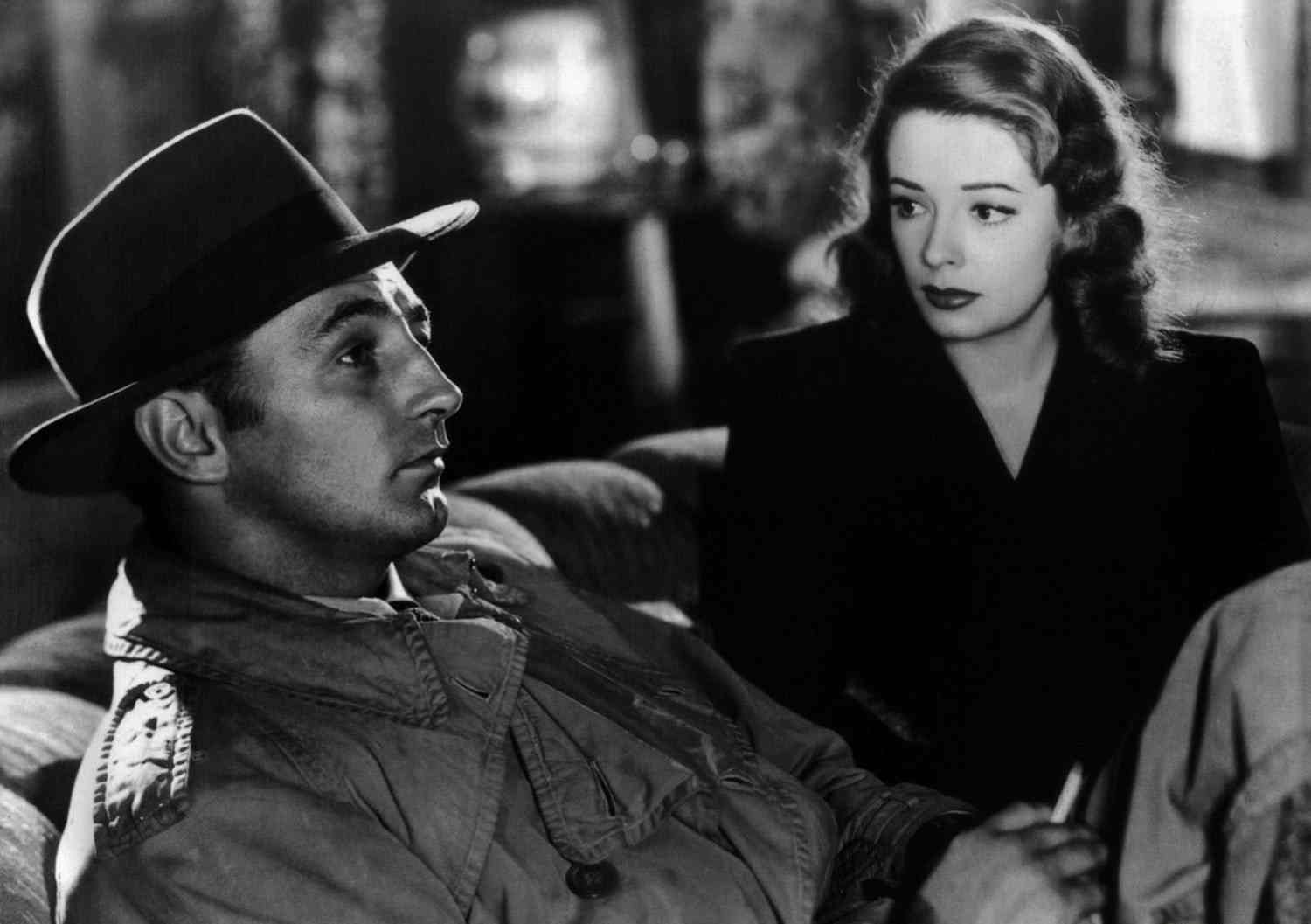
What is a Motif in Film? How Filmmakers Use Motifs in Movies
As you embark on your journey to become a filmmaker, you’ll learn a lot about film theory and the underlying rules or structures that make up many of the most popular films. Throughout your film education, the term motif is likely to come up many times and in various circumstances. What is a motif in film? And, more importantly, how are motifs used in filmmaking to build upon thematic structure and to reinforce common elements?

What is a Motif in Film?
The word motif comes from the German language and means motive. Frequently, we think of motif in the sense of the word leitmotif in which the word “leit” means leading and “Motif” means motive, or the leading motive. Motifs are commonly used in opera music, but they are underrepresented so even those with a strong musical background may lack understanding as to exactly what a motif or leitmotif is.
In film, a motif represents a common theme or thematic element. Motifs are used throughout films and movies to reinforce a common underlying theme and can be used to signify a character, place, or specific action in a movie.
Filmmakers define a motif as being a repetitive narrative element that is used to reinforce the theme of a story. A variety of different elements may be introduced in a story as a motif including specific colors, symbols, sounds, or dialogue.
The purpose of a motif is to reinforce the story in such a way that the audience actually recalls and recognizes the pattern.
How Filmmakers Use Motifs in Films
When you ask, ‘What is a motif in film?” Our first thought is to define the term motif and to help you see how motifs have been used throughout the history of cinema and film production.
Since the birth of cinema, motifs have played a significant role in reinforcing narrative structure and symbolizing a particular theme of a film or movie. Filmmakers use motifs in their films to help the audience connect and recall a particular thematic element.
Elements of a successful film
Any aspiring filmmaker knows that a great film is made up of more than just a script and some visual support. Good movies are characterized by great scripts that tell amazing stories backed by characters and events that the audience can relate with and reinforced with various elements including music and sounds, visual components, and dialogue.
Recurring visual motifs in film are frequently seen in the use of props, costumes, events, structural design of the set, or specific symbols relative to the film. Audible motifs may include musical motifs, such as the leitmotif which often represents a particular melody or sound that is repeated upon the entrance of a particular character, place, or thematic element of the story. This could also be a particular theme song.
Motifs give meaning
Throughout filmmaking, anytime someone asks, “What is a motif in film?” the answer is likely to vary from something incredibly profound and in-depth, to something that hardly does justice and leaves the individual that asked the question really wondering how they can truly understand the term and its meaning. The easiest way to remember what a motif is, would be to think of a motif as, “a repetitious or recurring thematic element such as a sound, action, or space within a film that causes the audience to recall a particular emotion or feeling which, through the repeated use in the film, gains symbolic meaning at each repetitious occurrence.”


